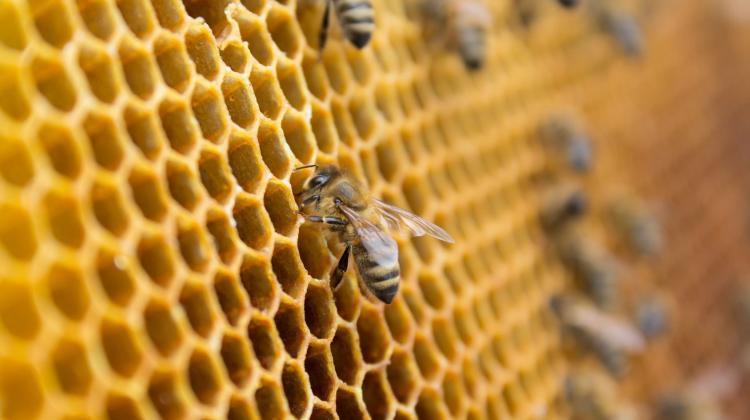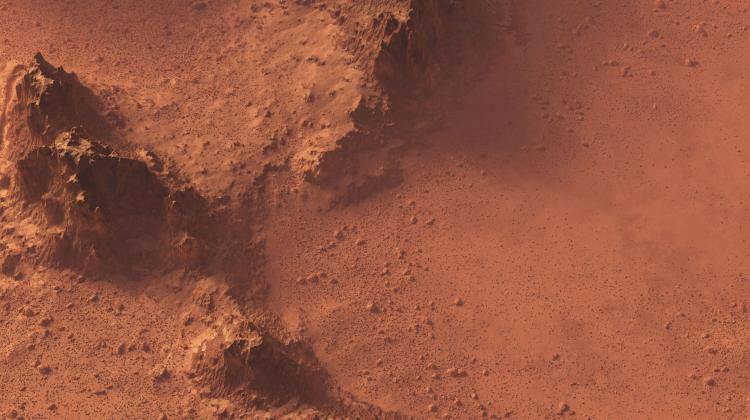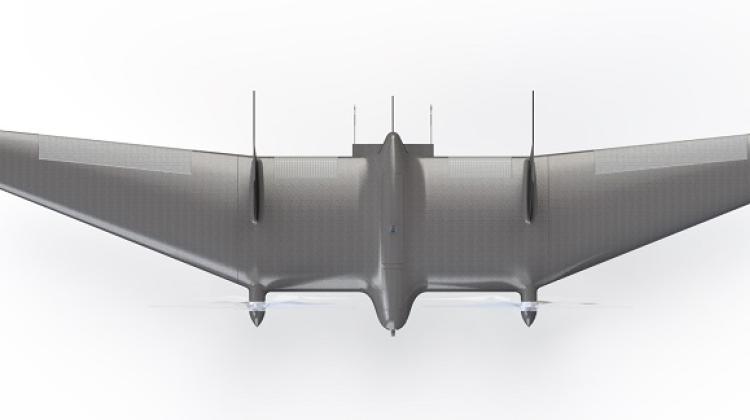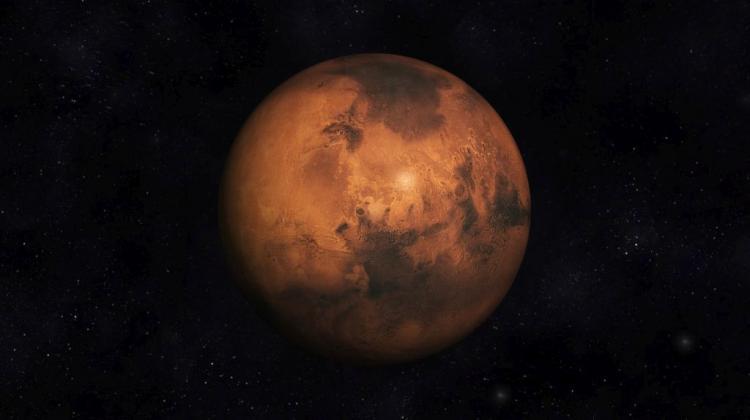Researcher puts bees though high-G tests to see if they can pollinate on Mars
 Credit: Fotolia
Credit: Fotolia
A space researcher has been putting bees inside training simulators for astronauts and military pilots to find out if they can go to Mars and pollinate plants inside Martian greenhouses.
PhD student Dagmara Stasiowska from the AGH University of Science and Technology, tested eight bee families in a centrifuge imitating the high-G effects of a rocket take off to see how the stress of space travel can disrupt the functioning of the Queens bees’ organs.
SPACE BEES
The data on the reproductive capacity of the queens, i.e. the number of laid eggs and their distribution over time will then be used to create a computer model of 'space bees'. The model will be based on an existing and widely used BEEHAVE model that takes into account many factors, including both environmental ones and those characteristic for the dynamics of bee family development. The new model can be used in the future to design appropriate transporters that will protect pollinators against high-G during a rocket flight.
Stasiowska said: “The scientific potential of experiments will be fully appreciated in many years, when the first plantations on Mars are actually created. But I know that everything that can be worked out now and checked in experimental conditions on Earth can bring surprising results in 10, 20 or 30 years. So I try to think forward, so that the horizon of my research carried out now is a success for people in a few dozen years, millions of kilometres from here.”
UNPRECEDENTED RESEARCH
According to AGH-UST, the impact of high-G on honey bee reproduction has not been studied until now, and the experiments on bees in the context of space transport have only been done a few times. For example, their ability to build combs in microgravity was tested in the 1980s by the US Space Agency NASA.
In earlier years, Dagmara Stasiowska, then a member of the AGH Space Systems science club, conducted preliminary research on honeybee workers. She used probing rockets built by AGH-UST students. Those experiments concluded that the survival rate of individuals experiencing high-G did not differ significantly from the survival rate of the control group. These conclusions enabled further research on bee mothers.
The promoter of the doctoral dissertation on the assessment of the usefulness of the biocybernetic bee family model to predict the effects of subjecting queen bees to the stress associated with space flight is
Stasiowska’s promoter, professor Ryszard Tadeusiewicz, a biocybernetics expert and former Rector of AGH-UST, said: “I'm glad that thanks to Dagmara Stasiowska's research, I can return to the scientific thread, which I strongly developed in the 1970s. Together with Doctor Andrzej Migacz, we were building the first biocybernetic models of bee family and its interaction with the environment. The results obtained from computer simulations were consistent with observations carried out in real beehives.”
The research is being carried out in collaboration with biologist and beekeeper Michał Kolasy and the Apikultura Foundation, which disseminates knowledge about beekeeping.
PAP - Science in Poland
kol/ ekr/ kap/
tr. RL
Przed dodaniem komentarza prosimy o zapoznanie z Regulaminem forum serwisu Nauka w Polsce.


















